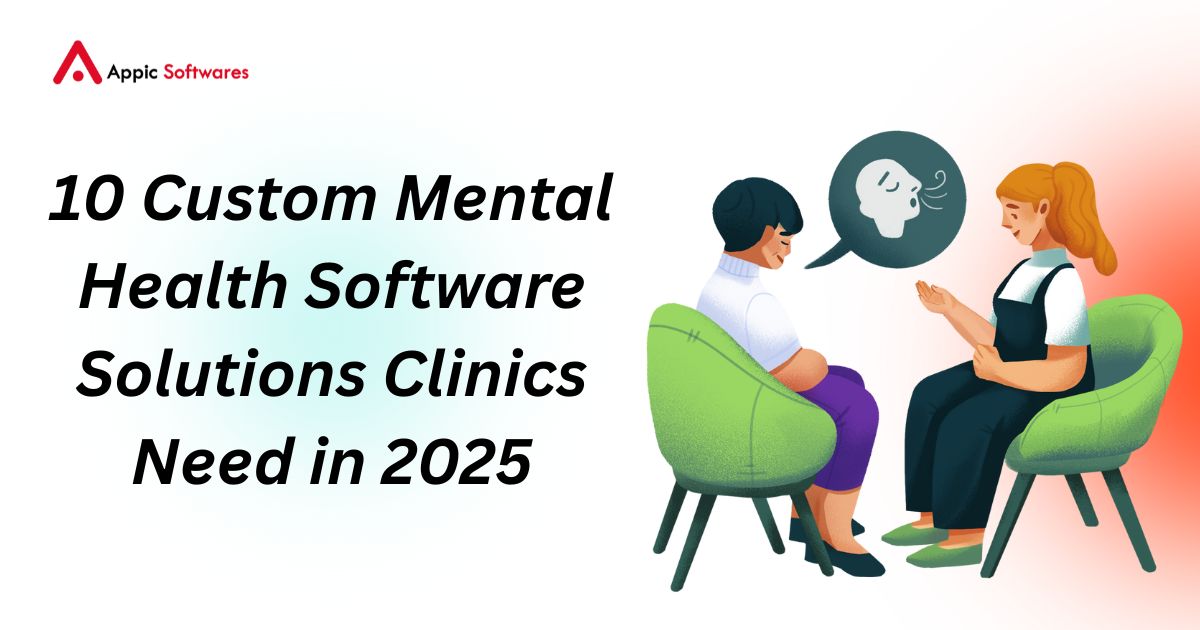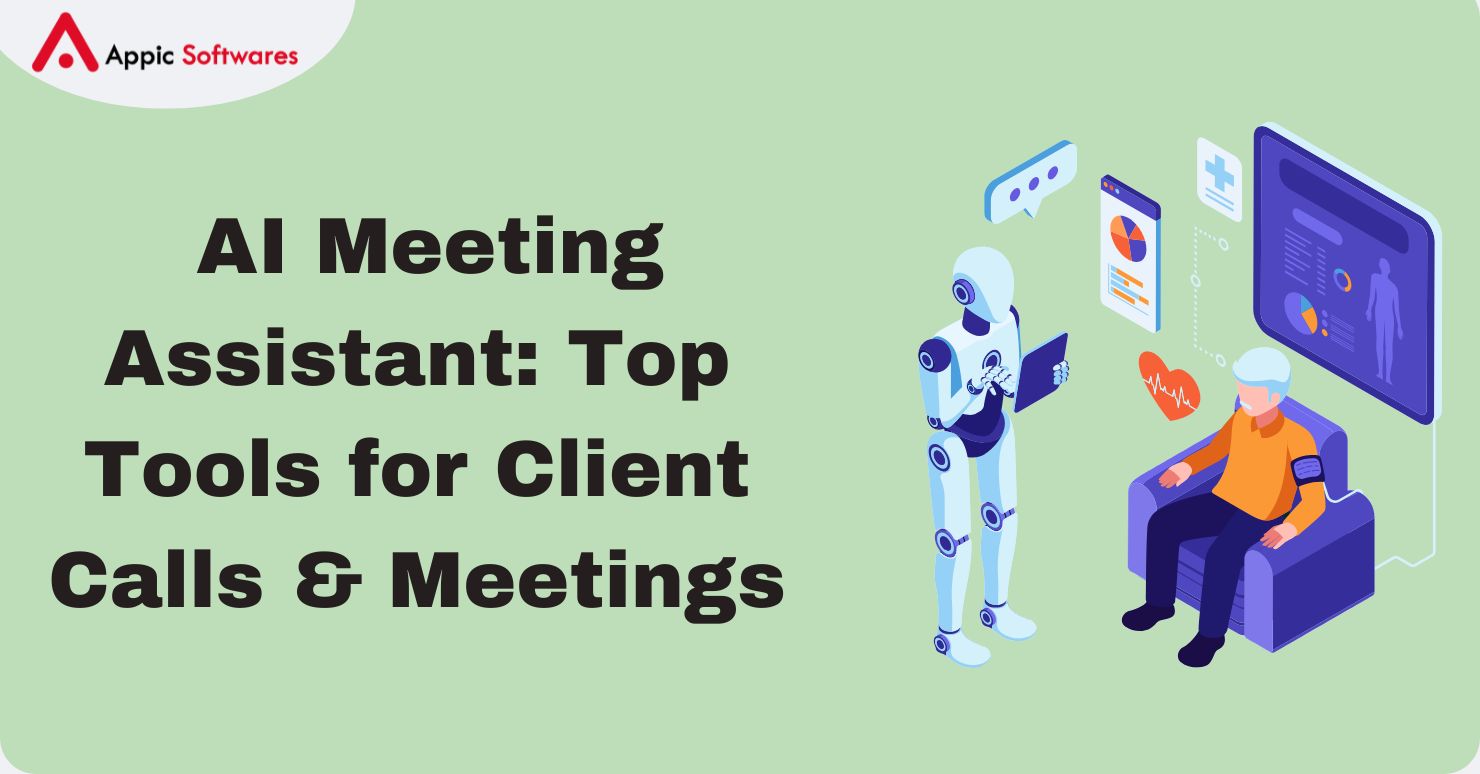
Shopping online has become a big part of our lives. Ecommerce is currently worth $6.8 trillion and is expected to reach $8 trillion by 2027, with over 33% of the world’s population shopping online. With so many ecommerce apps out there, how do you make yours special? The answer is ecommerce app personalization. This means making your app fit each user like a glove. It uses their likes, habits, and info to create a shopping experience that feels just right for them. Think of it as a friendly store clerk who knows exactly what you want before you ask.
In this article, we’ll discuss why ecommerce app personalization matters, the good things it brings, what parts of an app you can personalize, and how to make it happen. So, let’s get started!
Why Is Ecommerce Personalization Necessary?
Picture this: you walk into a shop, and the staff greets you by name. They show you things you love and skip the stuff you don’t care about. It feels nice, right? That’s what e-commerce app personalization does for online shoppers. Today, where tons of apps fight for attention, giving users a personal touch can make your app shine.
Customers today want more than just a basic app. They expect it to get them. They want to see products they like without digging through piles of options. Personalization makes this happen by showing them things they’re into, saving them time, and making shopping fun. For example, if someone loves sports shoes, a personalized app will show them the latest sneakers instead of kitchen gadgets.
Plus, the online shopping space is super crowded. Many apps sell the same things. So, how do you stand out? By making your app feel unique for every user. Personalization builds trust because it shows you care about what they want. Happy users stick around and buy more. On top of that, tools like AI agents in e-commerce can study user info fast and make personalization even smarter.
Another big reason? Data. Apps collect tons of info about users. Like what they buy or look at. Personalization turns that info into something useful. It helps you give users what they need while growing your business. Without it, you’re just guessing what they want, and that’s a fast way to lose them.
In short, e-commerce app personalization is a must because it meets customers’ expectations, keeps them coming back, and helps your app beat the competition.
What Are The Benefits Of Ecommerce Personalization?

Now that we know why personalization matters, let’s look at the awesome stuff it does for your app.
1. Increased Conversion Rates
When users see products they actually like, they’re more likely to buy. Personalized apps show items based on what someone’s looked at or bought before. This cuts out the hassle of searching. For example, if a user keeps checking out headphones, the app can suggest the newest models or a cool deal. Less work for them means more sales for you. It’s a simple trick that works.
2. Improved Customer Retention
People love feeling special. When your app remembers their favorites or past buys, it builds a bond. They trust you more and keep coming back. Imagine a user gets a notification about a sale on jeans they’ve been eyeing, that’s personal, and it keeps them hooked. Loyal customers don’t just buy once; they stick with you for the long haul. Personalization makes that happen.
3. Enhanced User Experience
Shopping should be easy and fun, not a chore. Personalization smooths things out. It can change how the app looks or works to fit each user. Maybe someone likes big pictures instead of a list, let them pick that! Or if they shop at night, offer a dark screen mode. Small touches like these make the app a joy to use. Happy users stay longer and spend more.
4. Better Data Utilization
Your app collects info every time someone clicks or buys. Personalization puts that info to work. Instead of letting it sit there, you use it to figure out what users want. Maybe lots of people look at hats but don’t buy, offer a discount! This helps you make smart choices for your app and ads. It’s like having a map to your customers’ minds.
5. Competitive Advantage
Lots of apps sell the same stuff. So, how do you get noticed? Personalization sets you apart. When your app feels made for each user, it’s memorable. This can help you build an e-commerce brand people love and talk about. Competitors might stick to boring, one-size-fits-all apps, but you’ll be the one users pick every time.
These benefits prove that e-commerce app personalization is a game-changer. It boosts sales, keeps customers close, and makes your app a standout. Ready to see what you can personalize? Let’s move on!
What All Can Be Personalized In An Ecommerce App?
Okay, so personalization is awesome, but what exactly can you change in your app? The answer is: a lot! With e-commerce app personalization, you can tweak tons of things to fit each user. Here are the big ones:
1. Product Recommendations
This is a fan favorite. Show users products they’ll love based on what they’ve done before. You can:
- Suggest stuff they’ve looked at but didn’t buy.
- Show items like what they’ve bought already.
- Point out what’s hot with people like them.
For example, if someone buys dog toys, recommend a new chew bone or a cute leash. It’s like having a helpful friend pointing out the good stuff.
2. Search Results
Make searching fast and smart. Personalize what pops up when users type in the search bar. Base it on:
- What they’ve searched for before.
- Things they’ve bought.
- Info like their age or where they live.
If a teen searches “shirts,” show trendy tees instead of dress shirts. It saves time and gets them what they want quick.
3. Promotions and Discounts
Who doesn’t love a deal? Make offers personal by:
- Sending a discount on their birthday.
- Giving loyal shoppers a special coupon.
- Reminding them about a cart they left with a small price cut.
A user who loves books might get a “buy one, get one half off” deal on novels. It feels like a gift just for them.
User Interface
Change how the app looks and feels. This is all about ecommerce UI/UX personalization. Try:
- Letting users pick a light or dark screen.
- Offering different ways to see products (big pics or a list).
- Setting the app to their language.
If someone’s from Spain, show the app in Spanish. Little changes like this make the app comfy to use.
Give users stuff to read or watch that matches their interests. This can be:
- Blog posts about things they like (say, “Top 10 Running Tips” for a sneaker fan).
- Videos showing how to use products they’ve checked out.
- Emails with news about their favorite categories.
Personalized content keeps them interested and coming back. It’s like a magazine made just for them.
4. Notifications
Send messages that grab attention without bugging them. Think:
- Alerts about new stuff in categories they love.
- Notes when wish list items go on sale.
- Updates on their order’s trip to their door.
A notification saying “Your favorite jacket is 20% off today!” feels helpful, not pushy. It keeps users in the loop.
These options show how much you can do with ecommerce app personalization. From products to the app’s look, every bit can feel special. Now, how do you make it all work? Let’s find out!
How To Implement Ecommerce Personalization?
Here’s a clear plan to bring ecommerce app personalization to life:
1. Collect Data
First, you need info about your users. This is the starting point. Gather stuff like:
- Their age, where they live, and what they like (from their profile).
- What they click on or look at while browsing.
- What they buy and how often.
- Any comments or star ratings they leave.
The more you know, the better you can personalize. Think of it like collecting clues to solve a puzzle.
2. Analyze Data
Next, figure out what all that info means. Use:
- Tools that track what users do in the app.
- Groups to sort users (like “shoe lovers” or “big spenders”).
- Tricks to guess what they’ll want next.
For example, if lots of users look at watches but don’t buy, maybe they’re too pricey. This step helps you spot patterns and plan smart moves.
3. Use Machine Learning Algorithms
This sounds big, but it’s just a tool to make personalization easy. Machines can:
- Suggest products by looking at what similar users like.
- Guess what someone might buy next.
- Change deals based on what’s popular.
Say a user buys a phone, machine learning might suggest a case to go with it. It’s fast and gets smarter over time.
4. Conduct A/B Testing
Before you go all in, test your ideas. Here’s how:
- Make two versions (like different product suggestions).
- Show each one to a small bunch of users.
- See which one gets more clicks or buys.
Maybe version A shows trending items, and version B shows past buys. If B wins, use that! Testing makes sure you pick the best stuff.
5. Integrate with Other Systems
Make sure personalization plays nice with the rest of your app. Connect it to:
- Stock info, so you don’t suggest sold-out items.
- Support teams, so they know what users like.
- Ad tools, to send matching emails.
If a user gets a personalized email but the app doesn’t match, it’s confusing. Keep everything in sync for a smooth ride.
6. Monitor and Adjust
Keep an eye on it by:
- Checking numbers like sales or how long users stay.
- Asking users what they think.
- Tweaking things as you learn more.
If users stop clicking suggestions, change them up. Staying on top of it keeps personalization fresh. Not sure how to start? An e-commerce app development company like Appic Softwares can guide you through it all.
This plan shows that ecommerce app personalization takes work, but the payoff is huge.
Final Words
E-commerce app personalization is a simple way to make an online store feel warm and inviting. When you use the ideas in this article, you can make a strong and friendly app that suits each user. The method brings clear gains in sales and user trust. It helps customers find the right items quickly and enjoy a smooth shopping experience.
Elevate your ecommerce app with personalized solutions. Contact Appic Softwares today to get started!








